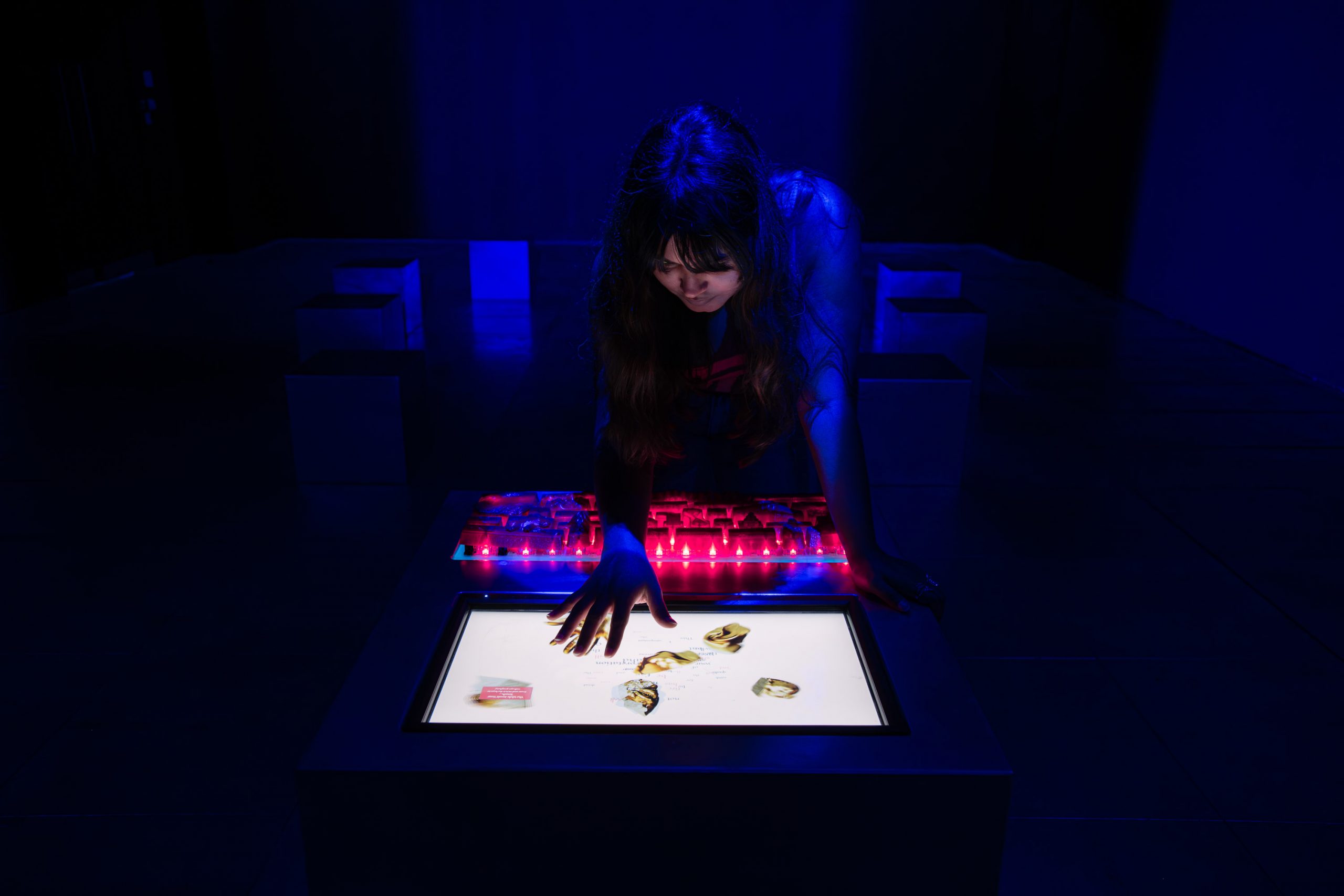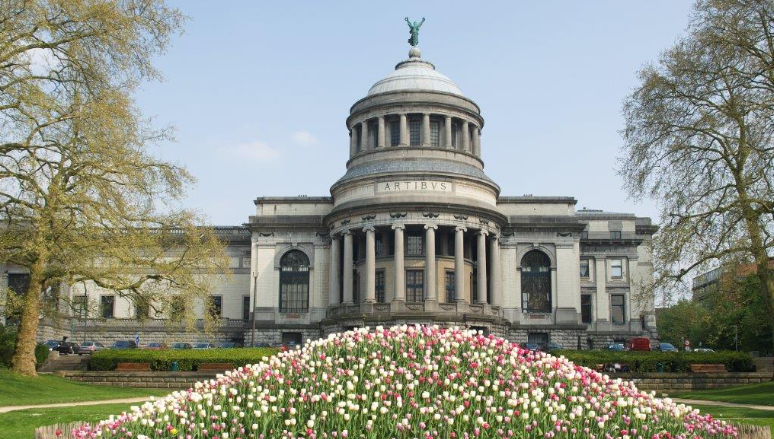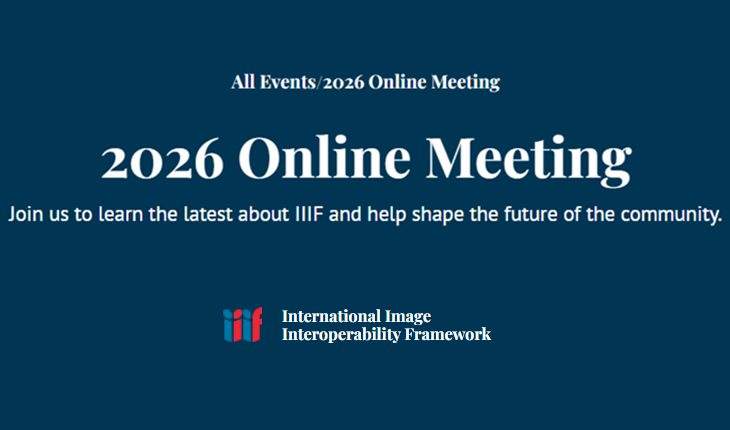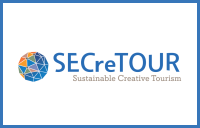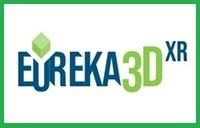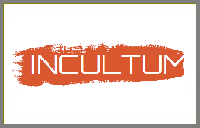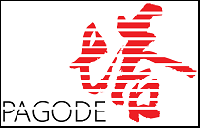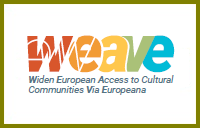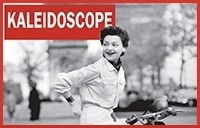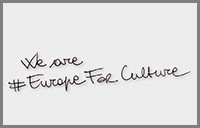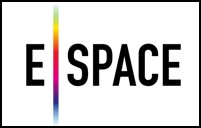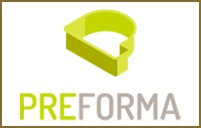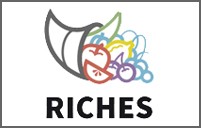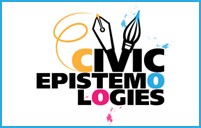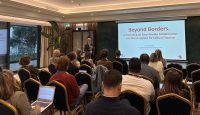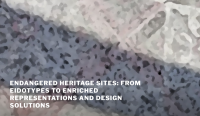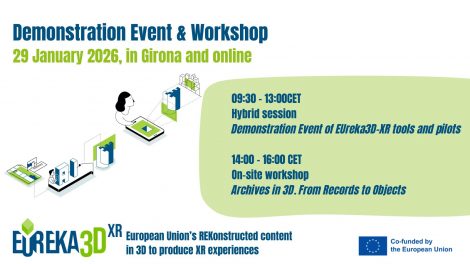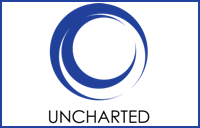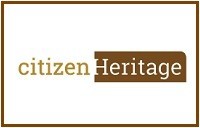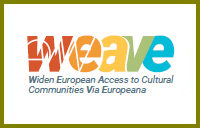Login Status
-
Free text
UPCOMING EVENTS:
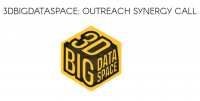 Open call to museums, research insitutions, GLAMs and more to make use of 3D cultural heritage assets and promote digital innovation.
Open call to museums, research insitutions, GLAMs and more to make use of 3D cultural heritage assets and promote digital innovation.The 3DBigDataSpace – Outreach Synergy Call offers a unique opportunity for museums and cultural heritage institutions to develop innovative public applications using 3D technologies. Two selected projects will each receive €10,000 to realise their concepts, along with technical guidance from … Continue reading →
 Design innovative, immersive environments that inspire change.
Design innovative, immersive environments that inspire change.Build with Bits (BwB) is an international online experience, where participants learn how to create virtual environments that generate a positive impact on local issues related to digital culture, education, and this year, we will have a special focus on sustainable … Continue reading →
Topic: digital archive
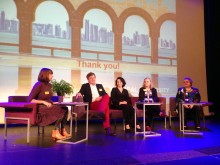
Hosted by the National Library of Estonia, the PREFORMA International Conference “Shaping our future memory standards” brought together 150 people worldwide to discuss the importance of standardisation and file format validation for the long term preservation of digital cultural content, discover the potential of the open source conformance checkers developed in PREFORMA and look at future challenges and opportunities. Continue reading

On Wednesday, December 13, PACKED and the Royal Library of Belgium, in collaboration with the University of Girona, organise a workshop “Quality Control of TIFF Files”. The workshop is intended for digital archivists who are responsible for the long-term preservation of TIFF files. During the workshop you will learn how to gain an insight into the technical properties of TIFF files and what you can do to preserve them for future generations. The workshop is conceived as a hands-on session, where participants get started with TIFF files from their own collection. Continue reading

Programmed by professionals working in the field, the annual AMIA Conference is the largest gathering of motion picture and recorded sound archivists and interested professionals. More than 550 people from around the world, interested in the preservation and use of moving image materials, meet every year to share information and work together. The 2017 edition of the AMIA Conference will be held on 29 November – 2 December 2017 in New Orleans. Continue reading
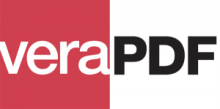
On Friday, November 24, PACKED and the Royal Library of Belgium, in collaboration with the Open Preservation Foundation, organise a workshop “Quality Control of PDF Files”. The workshop is intended for digital archivists who are responsible for the long-term preservation of PDF files. During the workshop you will learn how to gain an insight into the technical properties of PDF files and what you can do to preserve them for future generations. The workshop is conceived as a hands-on session, where participants get started with PDF files from their own collection. Continue reading
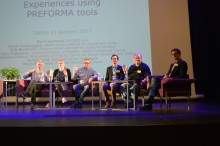
Hosted by the National Library of Estonia, the PREFORMA International Conference “Shaping our future memory standards” brought together 150 people worldwide to discuss the importance of standardisation and file format validation for the long term preservation of digital cultural content, discover the potential of the open source conformance checkers developed in PREFORMA and look at future challenges and opportunities. Continue reading
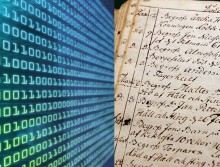
We are pleased to announce that The PREFORMA Handbook is now available to download. This publication is intended as a practical guidebook to be offered as a critical instrument to decision-makers in cultural heritage institutions, to support them in the analysis of problems and the identification of viable solutions, and as a technical reference to managers of digital archives and developers, to offer them guidance on how to use the PREFORMA tools. Continue reading
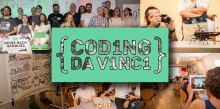
Invitation: First meet-up of European GLAM Hackathon organisers in Berlin Date: 04th of December 2017 from 10 to 15 Venue: Wikimedia Deutschland e.V. Tempelhofer Ufer 23-24 in 10963 Berlin, Germany Host: the organisers of Coding da Vinci (DDB, digiS and … Continue reading
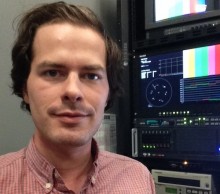
This is the seventh in a series of interviews with people using MediaConch within their institutions. Brendan is AudioVisual Digitization Technician at the University of California. He is using MediaConch both on the raw XDCAM captures, to make sure that they’re appropriate inputs to the ingest script, and on the outputs, to make sure the script is functioning correctly. Continue reading
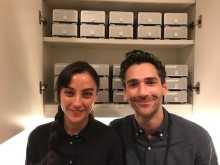
This is the sixth in a series of interviews with people using MediaConch within their institutions. Ben and Geneve work in the Audio and Moving Image Preservation Unit at at New York Public Library. MediaConch is an integral part of the Quality Control workflow to reformat audio and moving image research collections and specific policies have been created to this purpose. Continue reading

There is an unprecedented amount of data on the Web today. However, this data is only as useful as its quality allows it to be. Data Quality is an important topic in companies and organizations that use and/or disseminate large … Continue reading


